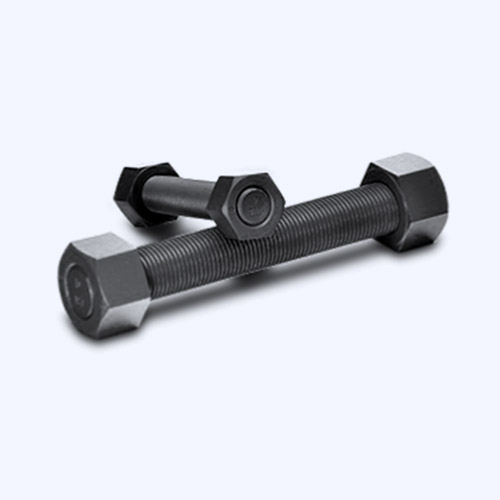Set . 24, 2024 14:01 Back to list
Understanding Anchor Bolt Diameter Dimensions for Construction Applications
Understanding Anchor Bolt Diameter Sizes
Anchor bolts are crucial elements in construction, providing essential support for various structures. The diameter of anchor bolts plays a significant role in determining their load-bearing capacity, overall strength, and application suitability. Choosing the right diameter is vital for ensuring safety and structural integrity. In this article, we will explore the significance of anchor bolt diameter sizes, their standard measurements, and factors influencing their selection.
Importance of Anchor Bolt Diameters
The diameter of an anchor bolt affects its tensile strength, shear strength, and resistance to pull-out force. A larger diameter typically means a greater load-bearing capacity, which is essential when anchoring heavy structures, machinery, or equipment. Depending on the application, engineers and construction professionals must carefully calculate the appropriate diameter to ensure the bolt can withstand anticipated loads without failure.
Standard Anchor Bolt Diameters
Anchor bolts come in various sizes and diameters, usually measured in inches or millimeters
. Common diameters for anchor bolts include- 1/4 inch (6 mm) - 3/8 inch (10 mm) - 1/2 inch (12 mm) - 5/8 inch (16 mm) - 3/4 inch (20 mm) - 1 inch (25 mm)
For heavy-duty applications, larger diameters such as 1-1/4 inch (32 mm) or 1-1/2 inch (38 mm) are often utilized. The diameter choice depends on factors such as the type of material being anchored, environmental conditions, and expected loads.
Factors Influencing Diameter Selection
anchor bolt diameter sizes

Several factors influence the selection of anchor bolt diameter
1. Load Conditions The primary consideration when determining the diameter is the load the bolt must support. This includes static loads (constant weight) and dynamic loads (changing weight or forces). Understanding these conditions is critical for sizing the anchor appropriately.
2. Base Material The type of substrate or material into which the anchor bolt will be embedded plays a crucial role. Concrete, masonry, steel, and wood all interact differently with anchor bolts, affecting how they bear loads and resist pull-out.
3. Environmental Factors Corrosive environments may necessitate the use of larger or specially-coated bolts to ensure long-term durability. For instance, if the installation site is exposed to moisture or chemicals, thicker, galvanized, or stainless steel bolts might be necessary to prevent deterioration.
4. Safety Factors Building codes and safety regulations often dictate minimum size requirements for anchor bolts based on their intended use. Consulting with structural engineers and referring to local building codes ensures compliance and safety.
5. Installation Method The method of installation and accessibility can also influence diameter selection. Certain applications may require a specific bolt size to fit within the confines of existing structures or to accommodate specific installation tools.
Conclusion
Choosing the right anchor bolt diameter is not just a matter of preference; it is a critical decision that impacts the safety and effectiveness of a construction project. By understanding standard sizes and considering load conditions, base materials, environmental factors, safety requirements, and installation methods, construction professionals can make informed decisions that enhance the durability and stability of their structures. In the ever-evolving field of construction, keeping abreast of the latest materials, technologies, and best practices is vital for ensuring successful and secure building projects.


